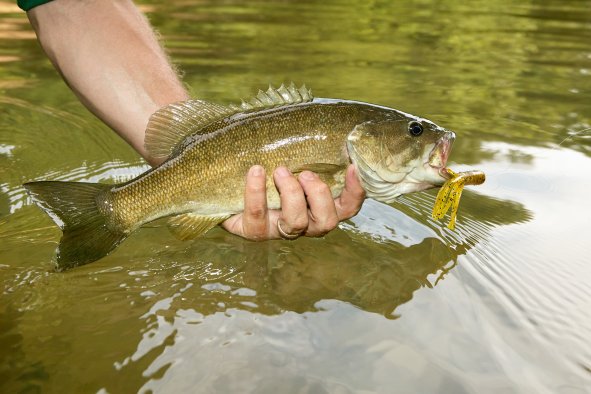Six rogue planets that have been spotted floating in the abyss of space may help reveal the secrets of how these cosmic phenomena are born.
These six rogue planets, which are between five and 10 times the mass of Jupiter, were detected by the James Webb Space Telescope (JWST), according to an upcoming paper accepted by The Astronomical Journal.
The discovery of these planets could indicate that they were formed by the same processes that form stars like our sun.
"We are probing the very limits of the star-forming process," study co-author Adam Langeveld, an astrophysicist at Johns Hopkins University, said in a statement.
"If you have an object that looks like a young Jupiter, is it possible that it could have become a star under the right conditions? This is important context for understanding both star and planet formation," he said.
Rogue planets, also known as "free-floating planets," are planetary bodies that do not orbit a star. Unlike planets in our solar system, which are gravitationally bound to the sun, rogue planets drift freely through interstellar space. These planets can vary greatly in size and composition, ranging from Earth-sized to larger than Jupiter.
These six new planets were spotted by the JWST during a survey of the young nebula NGC1333, which is situated about 1,000 light-years away from Earth in the constellation Perseus.
Some rogue planets may have originally formed within a solar system but were later ejected because of gravitational interactions with other planets or nearby stars. Others are thought to form in isolation, arising directly from collapsing clouds of gas and dust, similar to how stars form but without enough mass to initiate nuclear fusion.
One of the planets was found to have a dusty disk surrounding it, indicating that it must have formed in a similar way to stars. Since it is between five and 10 times the mass of Jupiter, this makes it the lightest rogue planet discovered with such a trait. The other rogue planets are also thought to have formed this way.
"We used Webb's unprecedented sensitivity at infrared wavelengths to search for the faintest members of a young star cluster, seeking to address a fundamental question in astronomy: How light an object can form like a star?" study co-author Ray Jayawardhana, an astrophysicist at Johns Hopkins, said in the statement.
"It turns out the smallest free-floating objects that form like stars overlap in mass with giant exoplanets circling nearby stars," he said.
While extremely powerful, the JWST is unable to spot any rogue planets smaller than five Jupiter masses, so we do not know if there are smaller rogue planets out there that formed in this way.
"Our observations confirm that nature produces planetary mass objects in at least two different ways—from the contraction of a cloud of gas and dust, the way stars form, and in disks of gas and dust around young stars, as Jupiter in our own solar system did," Jayawardhana said.
The disk around one of the planets indicates that some rogue planets may be accompanied by "mini planets" or moons that form from the dust and debris.
"Those tiny objects with masses comparable to giant planets may themselves be able to form their own planets," study co-author Aleks Scholz, an astrophysicist at Scotland's University of St. Andrews, said in the statement. "This might be a nursery of a miniature planetary system, on a scale much smaller than our solar system."
These rogue planets blur the definitions between gas giant planets and brown dwarfs, which are objects with masses between approximately 13 and 80 times that of Jupiter. This makes them too massive to be considered planets, but they lack the necessary mass to sustain hydrogen fusion. The researchers hope to further investigate the new rogue planets, determine what their atmospheres are made of and explore if they more strongly resemble planets or brown dwarfs.
In the same survey of the nebula, the JWST also spotted another strange and rare sight: a binary star system of a brown dwarf and a planetary-mass companion.
"It's likely that such a pair formed the way binary star systems do, from a cloud fragmenting as it contracted," Jayawardhana said. "The diversity of systems that nature has produced is remarkable and pushes us to refine our models of star and planet formation."
Do you have a tip on a science story that Newsweek should be covering? Do you have a question about rogue planets? Let us know via science@newsweek.com.
Disclaimer: The copyright of this article belongs to the original author. Reposting this article is solely for the purpose of information dissemination and does not constitute any investment advice. If there is any infringement, please contact us immediately. We will make corrections or deletions as necessary. Thank you.



